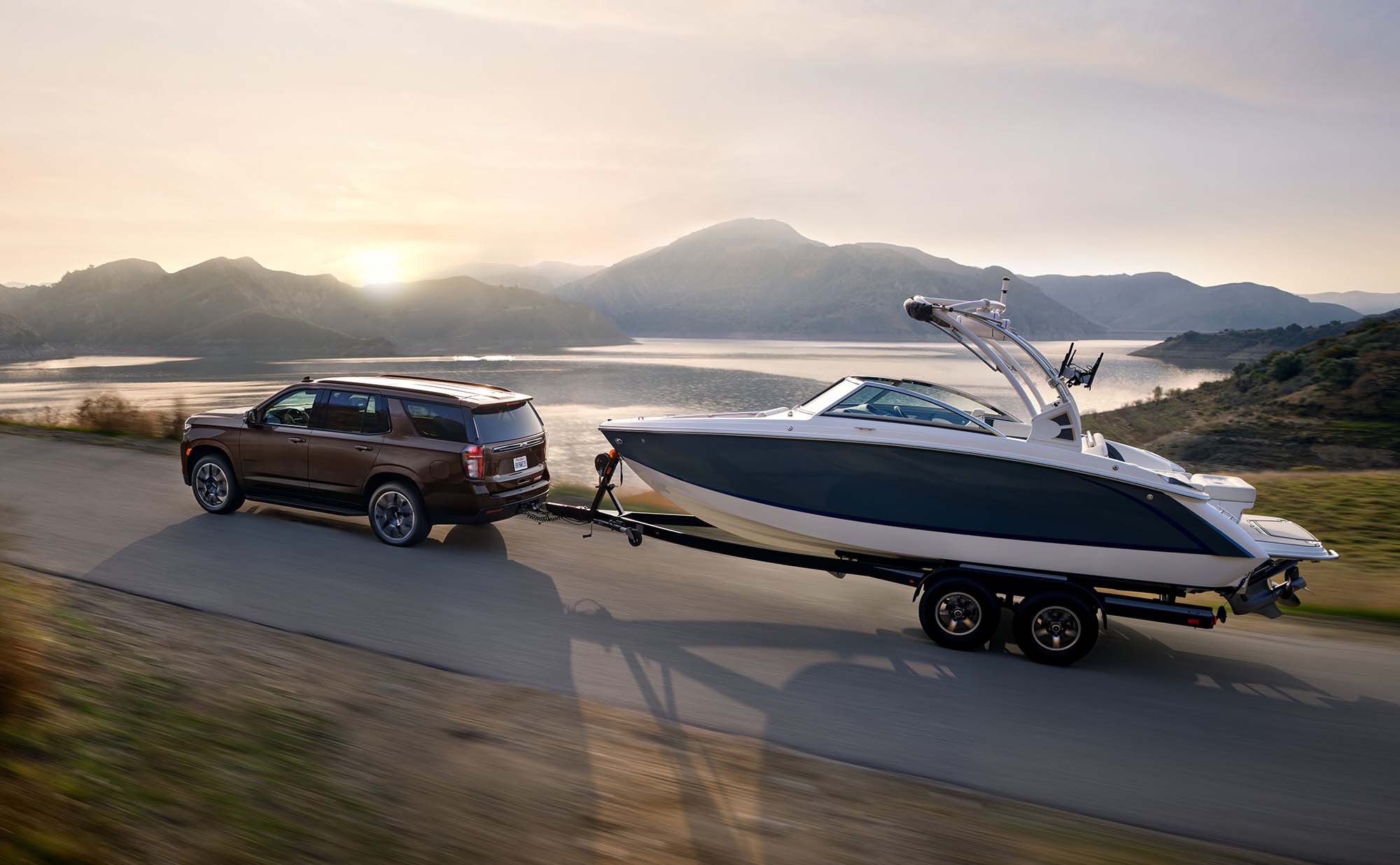Run flat tires are all the rage, but they aren't right for everyone (or every vehicle). Here is a list of the pros and cons, so you can make an informed choice.
Winter is here and temperatures are dropping quickly. If you have any travels planned for the holidays, it’s important that you know what tires you need ASAP. Check out this guide to help keep your holiday travels safe and legal.
Q: “It is starting to feel like winter, but it hasn’t snowed yet. When is the best time to put on my snow tires?”
The short A: As the weather starts to turn you are right to be thinking about switching over to your winter tires. The short answer is that winter tires should be changed when the average daily temperature is below 7°c. You can check your local weather forecast for the weeks ahead and get a pretty good idea of when the temperature is right for the switch.
The long A: Many people refer to winter tires as “snow tires” and it is important to make a distinction here. Industry experts have shied away from calling winter tires “snow tires” because they only offer a minor benefit for traction on heavy ice and snow. They are usually referred to as “cold weather tires” because they grip so well in freezing temperatures. The 7°c guideline reflects the fact that your regular all-season tires begin to harden below that temperature, which reduces their grip, and by the time you get -10°c the tires are literally frozen and slide on the road like a hockey puck.
Winter tires, or cold weather tires, are made to be pliable and flexible below 7°, gripping the road in freezing temperatures and increasing braking reliability and control. These characteristics are reversed as the weather begins to improve. Consumer reports tested winter tires for braking distance in a variety of weather conditions and they found that when the temperature was above 7°c it took winter tires an extra 7 metres to stop on a dry track and over 9 metres to stop on a wet track when compared to all seasons. On top of their poor performance in warm weather, winter tires also wear out very quickly when driven in warm weather. The rubber is so soft to accommodate the cold weather that it wears away rapidly when driven in the heat.
About Winter Tires
The province of British Columbia states that “Drivers must obey winter tire and chain signs throughout the province from October 1 to March 31.
Winter road conditions across most of B.C. often include snow and ice. We recommend drivers install mountain/snowflake tires for cold weather driving and, for extreme conditions, carry chains.
It is the responsibility of the operator of a vehicle to understand the conditions on the roads they regularly drive and equip their vehicle for those conditions.
British Columbia accepts tires displaying the 3-peaked mountain and snowflake symbol OR the M+S (mud and snow) symbol, with at least 3.5 mm tread as winter tires. Some tire manufacturers choose to mark their tires with both designations.”
Check your tires for these signs
 The 3-peaked mountain and snowflake symbol on the side of the tire
The 3-peaked mountain and snowflake symbol on the side of the tire
These winter tires offer the best traction on snow and ice, and in cold weather.
Also known as mountain/snowflake or alpine.
 The mud and snow symbol on the side of the tire
The mud and snow symbol on the side of the tire
These winter tires offer better traction than summer tires, however, they are less effective than the 3-peaked mountain and snowflake tires on snow and ice, and in cold weather. Also known as M/S, M&S, Mud and Snow.
TLDR?: Change to your winter tires when the temp drops below 7°c. Don’t drive on winter tires in the summer, they perform badly and wear out quickly. If they do not have the two symbols illustrated above, you may be turned around by the RCMP through certain stretches of BC highways.
Keep an eye on the forecast and give us a call when it is time to switch out your winter tires, we are happy to help.




